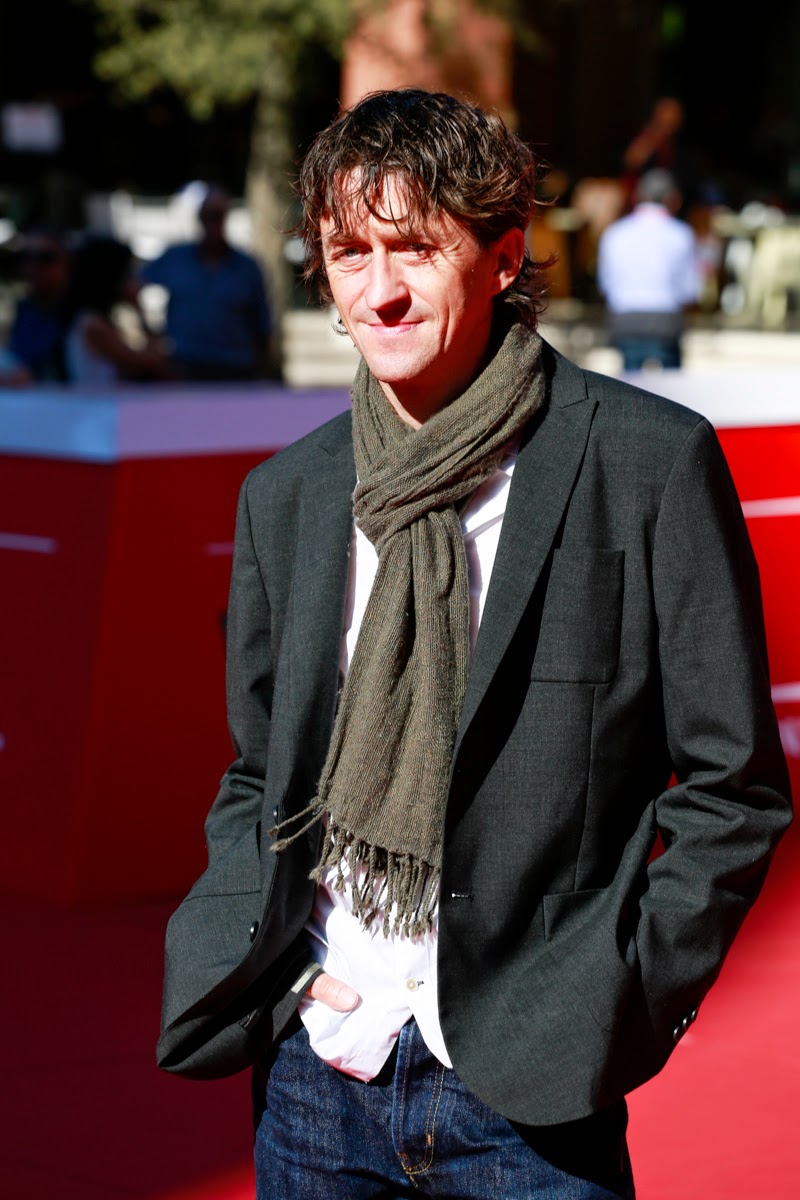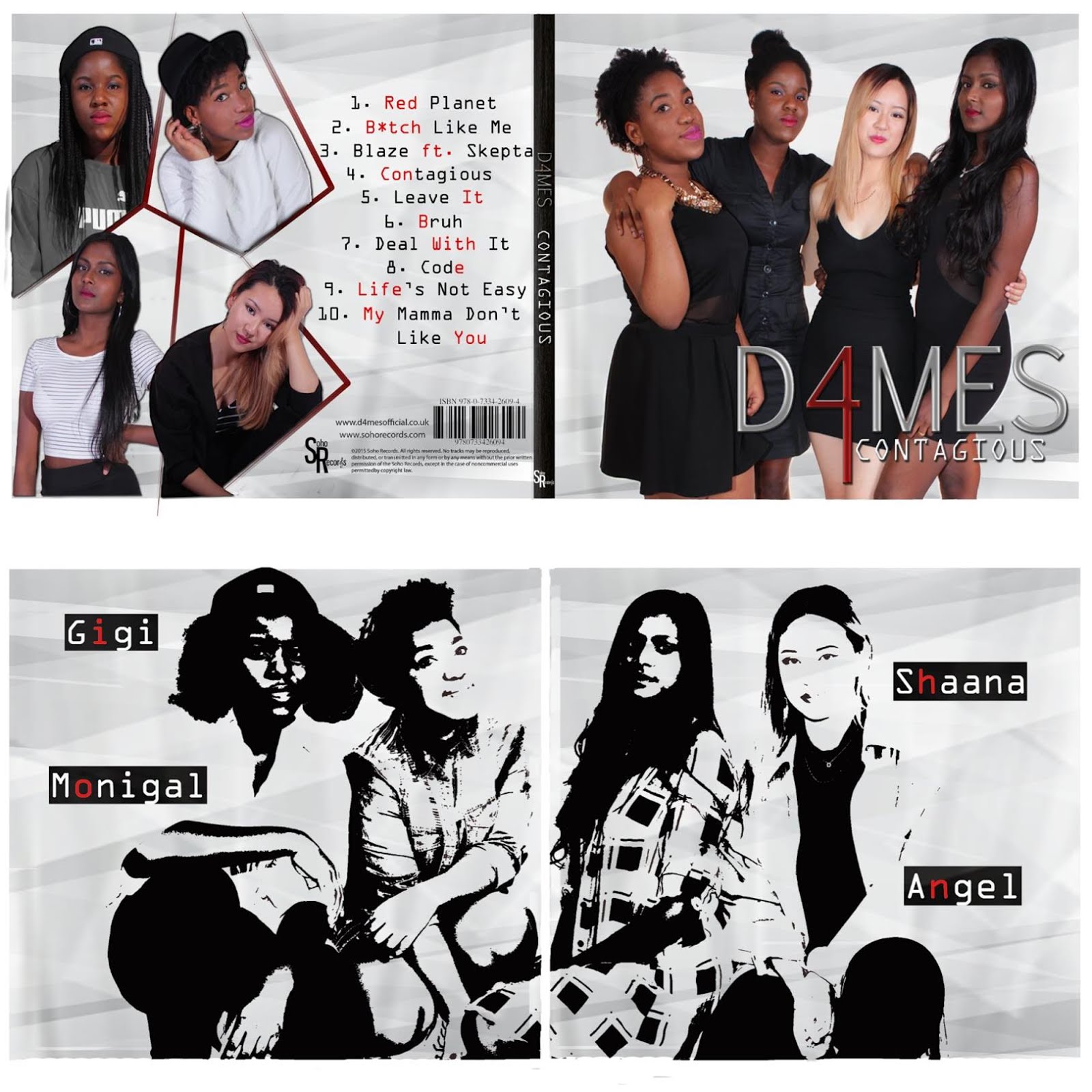
Film genres:
Thriller, Drama
Narrative: This film is
about the struggles of an average teenage student who is torn between being
friends with the school ‘freak’ Shane or the violent Roth. He gets sucked into
rivalry and learns that there are social circles you belong to and ones you
don’t. The narrative features peer pressure, bullying and the consequences that can occur. It involves strong themes of friendship, life and death, growing up and insecurities.
Marcus Romer's Blog
IMDb Pro
Wikipedia
Marcus Romer's Blog
IMDb Pro
Wikipedia
Release
Dates and Formats:
Will be released around the 28th October 2014 in the UK non-theatrically. Following the film’s multiplatform premiere, The Knife That Killed Me will be released in cinemas nationwide in selected venues in October. A major deal with Universal Pictures UK will see the film released on DVD and Video-On-Demand later.
There will be a screening at a Rome youth film festival, a Coventry literary screening (June 2014), and a charity event screening in Notting hill picture house (October 2014)
IMDb Pro
Kickstarter
Will be released around the 28th October 2014 in the UK non-theatrically. Following the film’s multiplatform premiere, The Knife That Killed Me will be released in cinemas nationwide in selected venues in October. A major deal with Universal Pictures UK will see the film released on DVD and Video-On-Demand later.
There will be a screening at a Rome youth film festival, a Coventry literary screening (June 2014), and a charity event screening in Notting hill picture house (October 2014)
IMDb Pro
Kickstarter
Nationality:
British
The
film is made by Green Screen Productions (which is a company who produce their own films) in association
with Pilot Theatre and Palace Pictures . It is distributed by Universal
Pictures (UK)
and Focus
Features (US).
Gloucester Place and International Pictures provided subsidies.
Gloucester Place and International Pictures provided subsidies.
The
visual effects and post production was delivered by the University of York TFTV
department. Students helped to edit the film.
The film was produced by Alan Latham and
Thomas Mattinson (who were brought in to work with Green Screen Productions).
Everything was done with support
and help from Universal Pictures.
Marcus Romer's Blog
Green Screen Productions
Marcus Romer's Blog
Green Screen Productions
Production budget: £3 million
Film was also financed by Matador Pictures.
Wikipedia
Matador Pictures
Film was also financed by Matador Pictures.
Wikipedia
Matador Pictures
It is based on
the novel by Anthony McGowan, and was adapted and directed by Marcus Romer
(Pilot Theatre) and Kit Monkman (KMA).
Stealth Media Group
Stealth Media Group
 Romer (actor, director and writer) is also known for This
is Personal: The Hunt for the Yorkshire Rapper (2000) , Hillborough
(1996), and Micky Love (1993).
His production of ‘Lord of the Flies’ again for Pilot Theatre won several
awards and ran between 1998 and 2008
Romer (actor, director and writer) is also known for This
is Personal: The Hunt for the Yorkshire Rapper (2000) , Hillborough
(1996), and Micky Love (1993).
His production of ‘Lord of the Flies’ again for Pilot Theatre won several
awards and ran between 1998 and 2008 
Kit Monkman is a visual effects artist, director and writer. He has a reputation for working with indie films and is very experimental.
CAST INCLUDES
Jack McMullen (who plays Paul Varderman the main protagonist), Reece Dinsdale, Jamie Shelton (who plays Roth), Oliver Lee (Shane), Haruka Abe (Serena)
The cast are mostly British and localised. They are not widely famous.
IMDb Pro
The cast are mostly British and localised. They are not widely famous.
IMDb Pro
Core audience: British teenagers
Secondary audience: British adults, fans of the directors, fans of the franchise
Tertiary markets: Teachers, parents, fans of similar stylistic films such as Sin City and 300


_poster.jpg)











